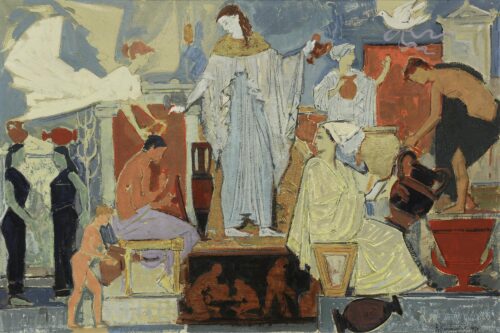
Kontopoulos Alekos (1904 - 1975)
Final Study for the Archeological Museum’s Painting, “Pottery”, 1959
After his high school studies, he trained under the icon painter G. Sarafianos. In 1923 he came to Athens and studied at the School of Fine Arts under Georgios Jakovides, Dimitrios Geraniotis, Pavlos Mathiopoulos and Nikolaos Lytras. He graduated in 1929 and the following year went to Paris where he stayed until 1932, taking lessons from P. Le Doux and H. Morisset. At the same time he copied works at the Louvre and travelled to Belgium to study Flemish painting.
Returning to Greece he associated himself with the circle New Pathfinders and in 1934 participated in the founding of the group Free Artists. In 1935 he went back to Paris, where he attended lessons at the School of Fine Arts and the Colarossi and Grande Chaumiere Academies and in 1937 became a member of the group Paris- Montparnasse. In 1939 he returned to Greece and two years later was appointed to the National Archeological Museum where he worked until 1969. In 1960 he made a large wall painting at the museum on the theme of ancient Greek ceramics. During the German occupation he took part in the resistance and in 1944 was a leader in the movement for the establishment of a Chamber of Art. In 1949 he founded, along with several colleagues, the group The Extremists which presented works of non-figurative art for the first time in Greece.
Having started his exhibition career in a cafe in Lamia in 1923, he then presented his work in solo, Panhellenies and group exhibitions in Greece and abroad; notable appearances were made at the Biennales of Sao Paolo in 1953, 1955 (at which he won the silver medal) and 1957, Alexandria in 1959 and Venice in 1960. In 1976 a retrospective of his work was organized at the National Gallery which was followed by other retrospectives in Greece and abroad.
In 1950 the Greek section of AICA recommended him for the Guggenheim Prize and in 1973 he was awarded the First State Prize but he refused to accept it as a sign of protest against the Greek dictatorship. A man with a variety of interests, he was also involved with book and magazine illustration, gave lectures and published the books, Η σημερινή ζωγραφική (Painting Today) (1951), Εγκώμιον της Σιωπής (In Praise of Silence) (1970), Αισθητικά δοκίμια (Aesthetic Essays) (1971) and Πνευματική ευθύνη (Intellectual Responsibility) (1973) which are concerned with art matters. After his death, his house in Ayia Paraskevi was donated by his wife and now operates as the Alekos Kontopoulos Library while in the Municipal Gallery of Lamia is housed the Alekos Kontopoulos Gallery.
Faithful to realistic depiction in the beginning and indifferent to abstract trends he came to know in the French capital, he painted landscapes, portraits and nudes, as well as compositions characterized by a taste for social criticism. But from 1947 on, and particularly during the Fifties, he turned to non-figurative art where he proved to be a pathfinder, contributing decisively to the spread of abstract art in Greece.

Final Study for the Archeological Museum’s Painting, “Pottery”, 1959
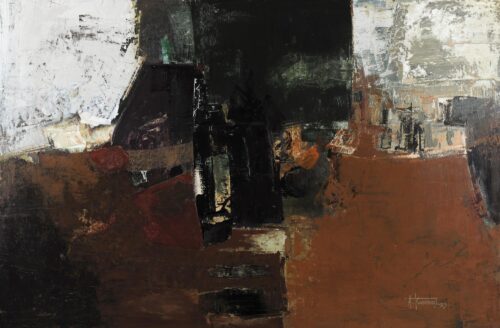
Objects A’, 1963
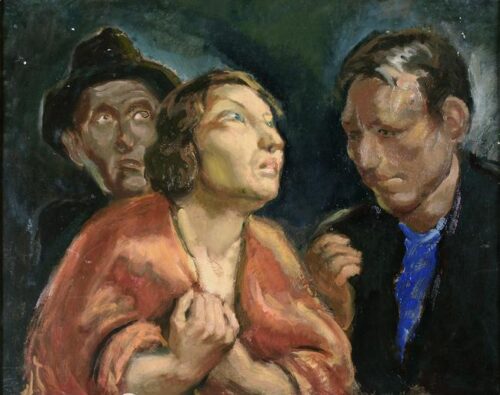
Three faces, ca.1933
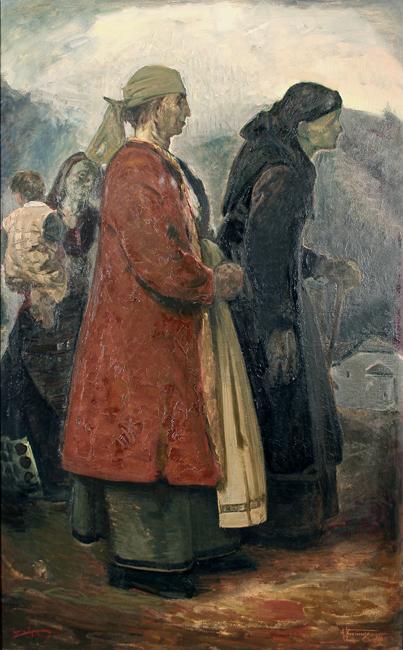
Mountaineers, 1946
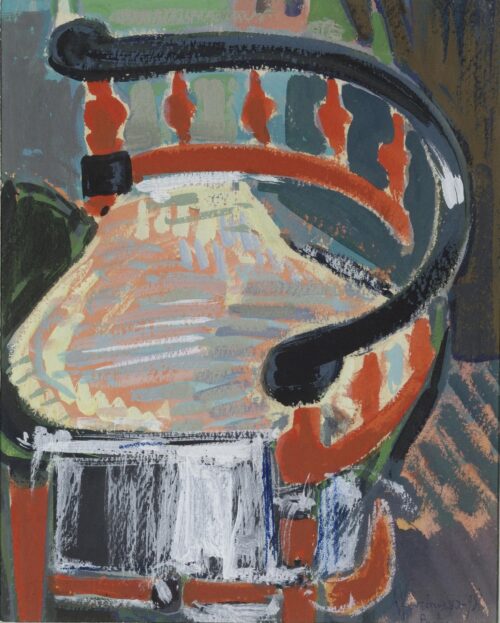
Armchair, 1951
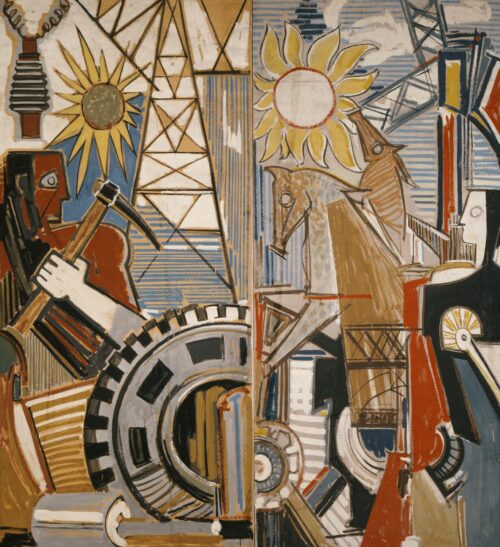
Force, 1959
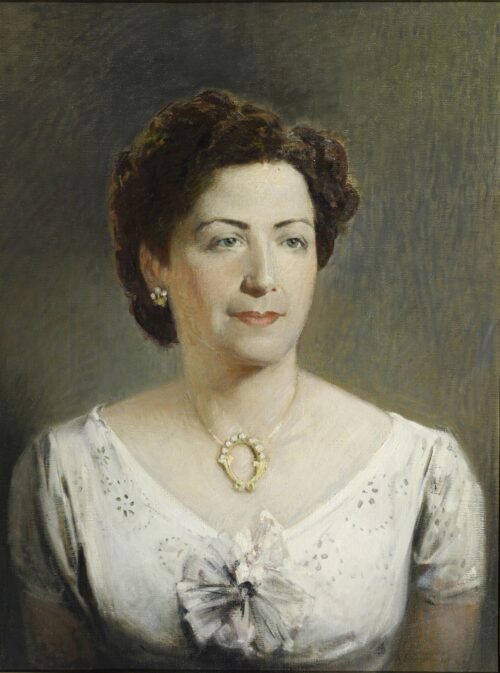
Portrait of Eugenia, Wife of Kleomenis Tsitsaras, ca. 1930
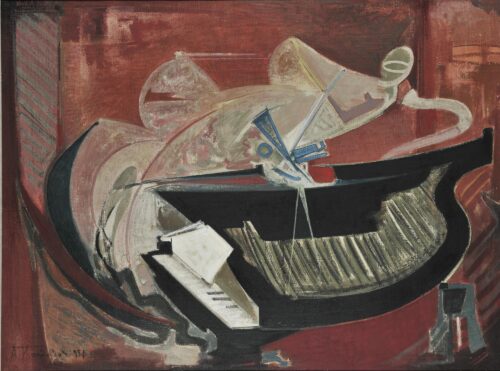
Recital, 1951
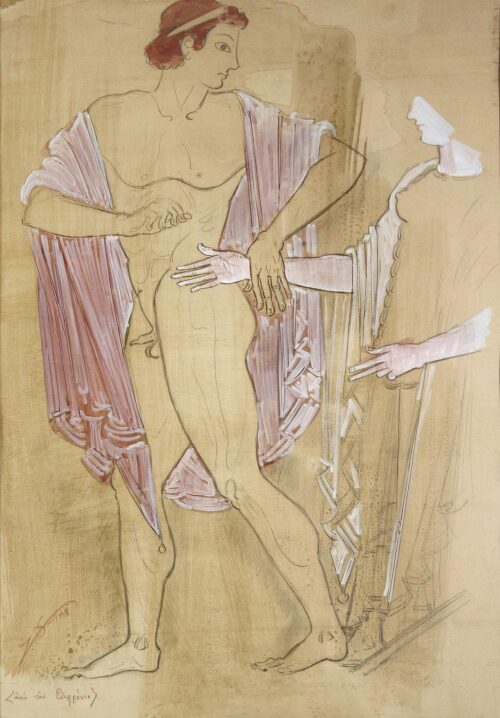
Inspired by an Efronios Scene, 1948
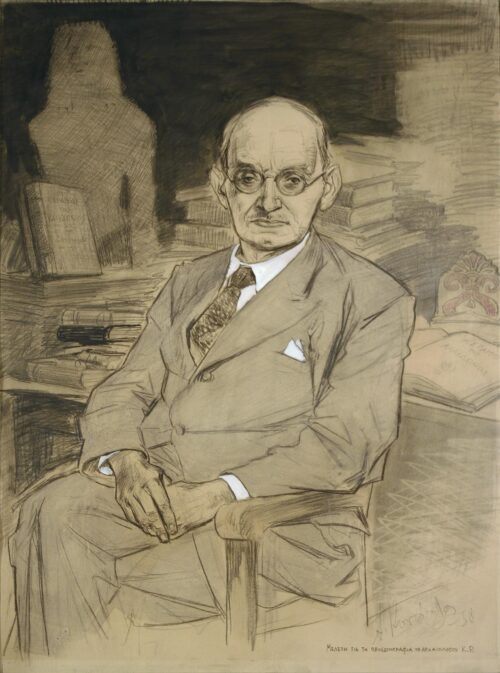
Study for the portrait of the archaeologist K. Romaios, 1958
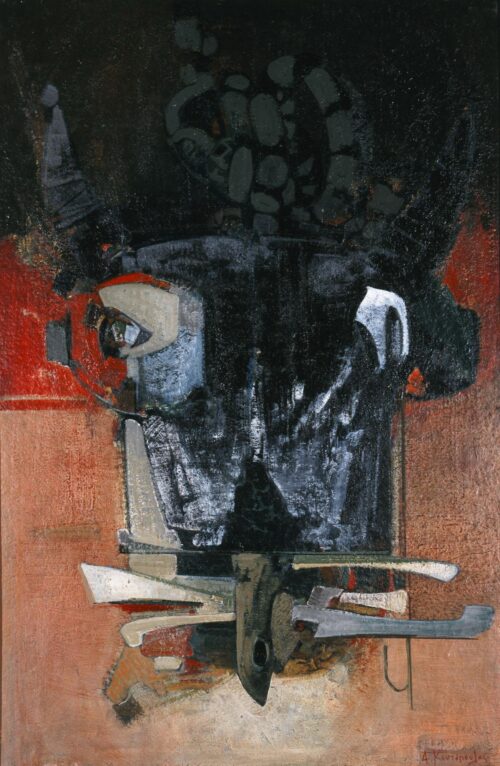
Gaia, 1960
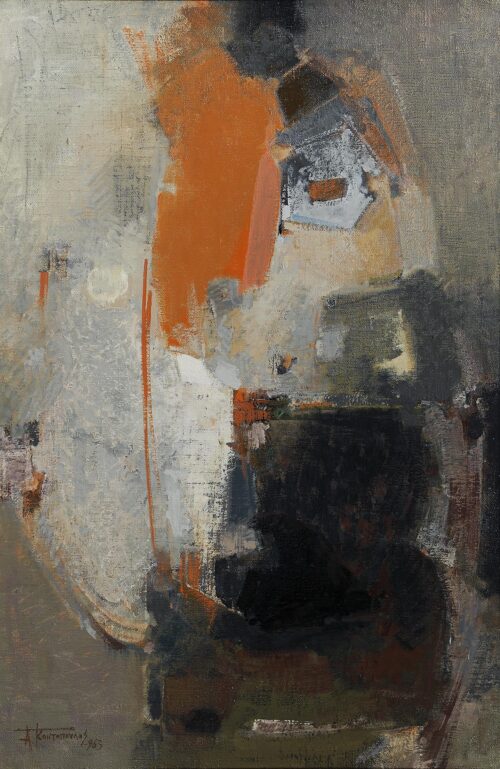
Composition, 1963
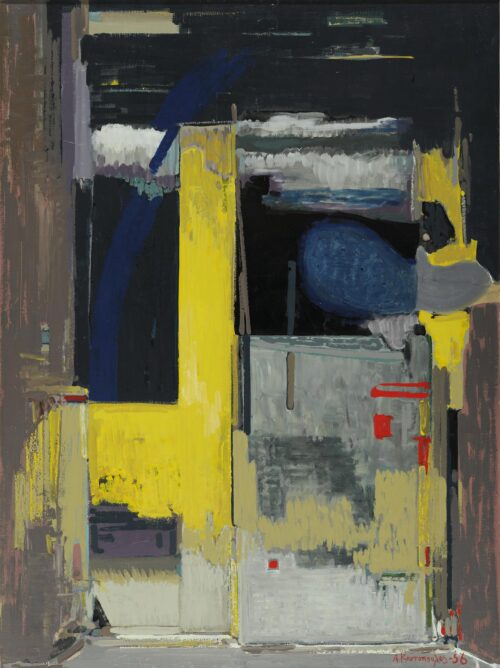
Night is Coming, 1956
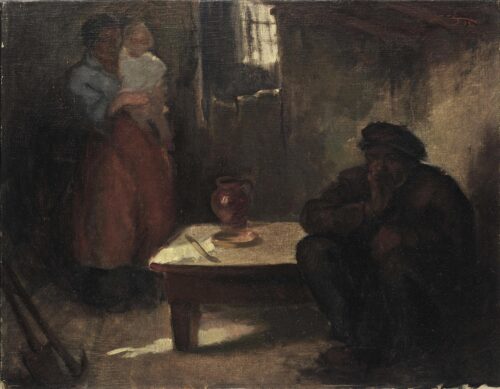
Misery, 1930
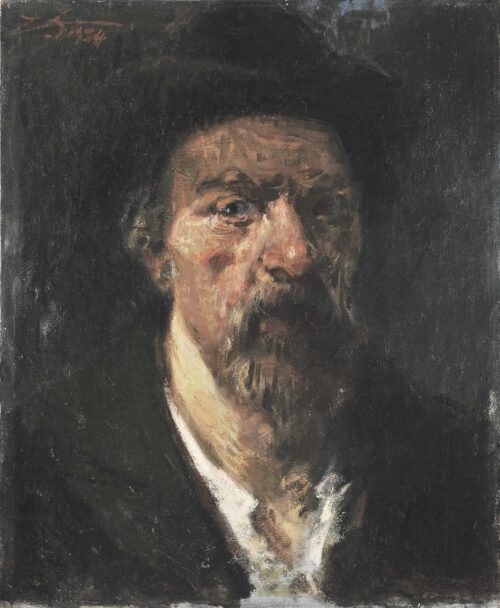
The Rabbin of Paris, 1934
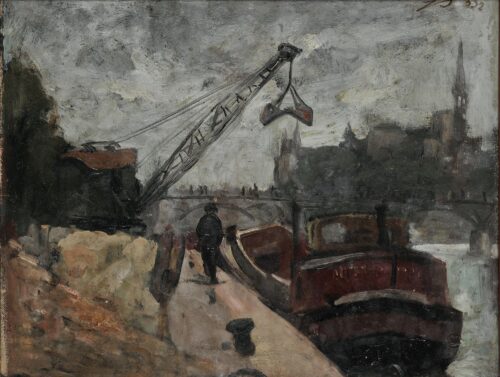
Barge on the Seine being loaded by Crane, 1932
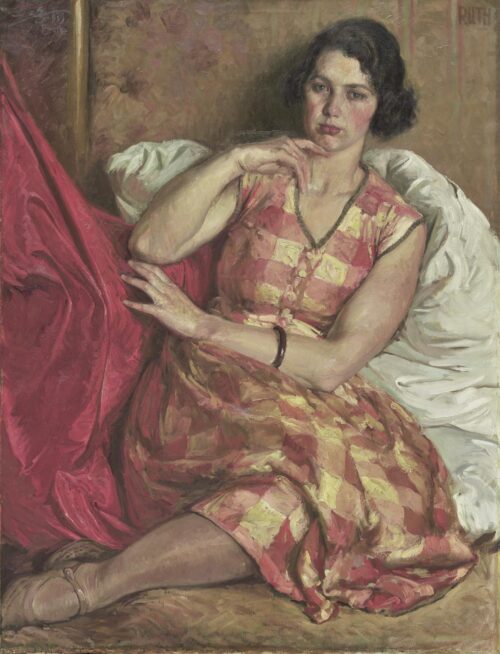
Portrait of a Lady, 1931
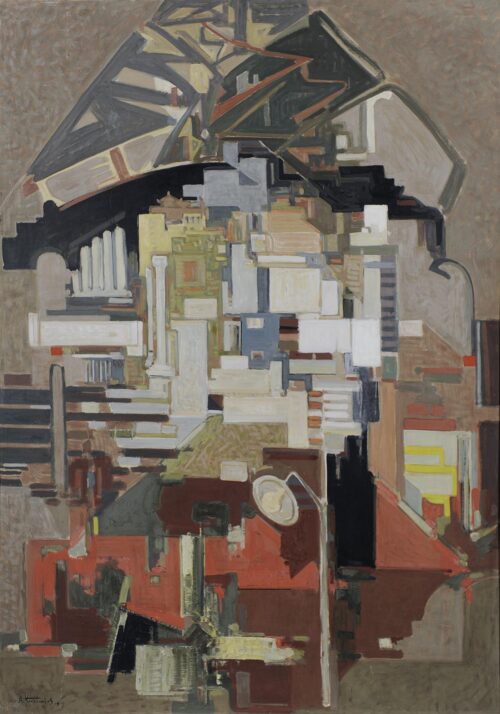
Athens, 1954
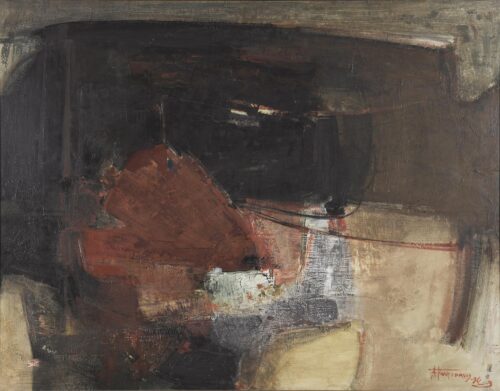
Composition – Image, 1962
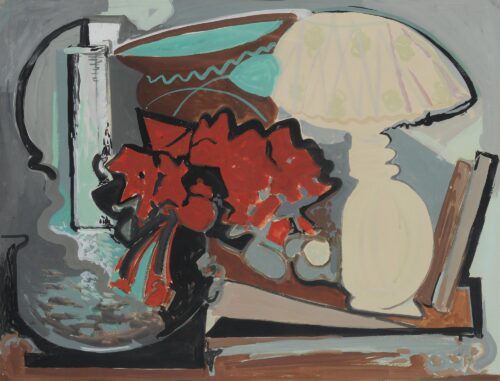
Table ΙΙ, 1951

We use cookies to make our site work properly, to personalize content and ads, to provide social media features and to analyze our traffic. We also share information about how you use our site with our social media, advertising and analytics partners. Read the Cookies Policy.
These cookies are necessary for the website to function and cannot be switched off in our systems. They are usually only set in response to actions made by you which amount to a request for services, such as setting your privacy preferences, logging in or filling in forms. You can set your browser to block or alert you about these cookies, but some parts of the site will not then work. These cookies do not store any personally identifiable information.
If you disable this cookie, we will not be able to save your preferences. This means that every time you visit this website you will need to enable or disable cookies again.
These cookies tell us about how you use the site and they help us to make it better. For example these cookies count the number of visitors to our website and see how visitors move around when they are using it. This helps us to improve the way our site works, for example, by ensuring that users find what they are looking for easily. Our website uses Google Analytics for statistics reporting.
Please enable Strictly Necessary Cookies first so that we can save your preferences!